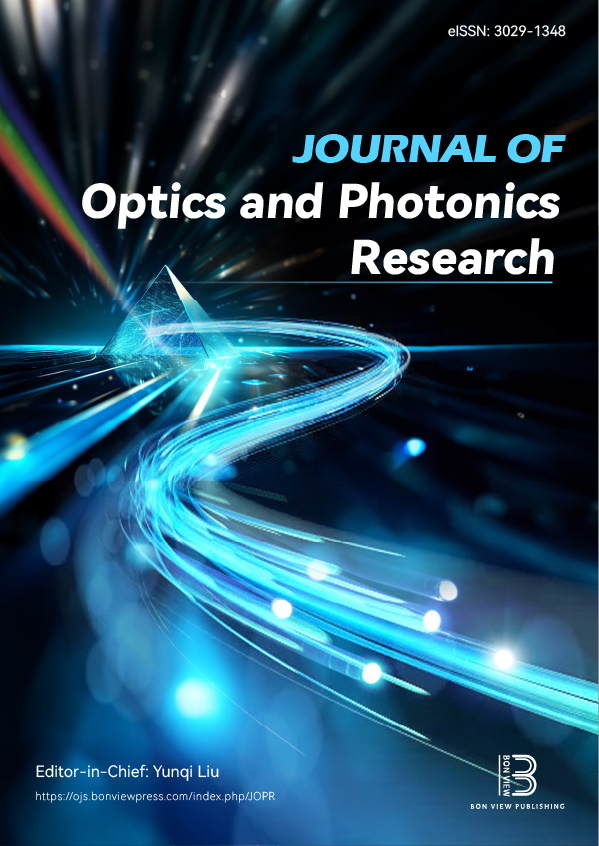Quasiparticle-Photon Transitions in Superconductors Within a QED Cavity
DOI:
https://doi.org/10.47852/bonviewJOPR52024257Keywords:
photon emission, quasiparticle emission, transition rates, energy gap, cavity dynamics, thermal excitation, effective temperatureAbstract
Quasiparticle-photon interactions in superconductors within a QED cavity are crucial for quantum technologies and superconducting circuits. These transitions, driven by confined electromagnetic fields, influence quasiparticle dynamics and superconducting properties, enabling novel quantum states and hybrid quantum systems. This study investigates the transition rates for photon-quasiparticle emission from a cavity, using mathematical and numerical analysis methods. The transition rate function F(E) was evaluated for different values of normalized superconductor quasiparticle density states (n), specifically n = 1 and n = 10, across an energy gap range from −2 eV to 2 eV. The analysis reveals that for n = 1, the transition rate exhibits a pronounced peak near the Fermi energy, indicating higher transition probabilities at lower values of n due to fewer available states. Conversely, for n = 10, the transition rate profile becomes broader and the peak height diminishes, reflecting an increased number of states and a more dispersed transition rate. Additionally, the inverse temperature β shows an inverse relationship with the transition rate F(E), where higher temperatures (lower β) lead to increased transition rates due to enhanced thermal excitation. The study also examines the effective temperature TQCR of the quantum cavity resonator (QCR) environment as a function of the energy gap and photon frequency, showing that TQCR generally increases with the magnitude of the energy gap and decreases with increasing photon frequency. The scientific significance of these studies lies in their contribution to understanding the complex dynamics of photon-quasiparticle transitions, particularly how transition rates vary with energy gaps, photon frequencies, and temperature. This insight is crucial for improving coherence times and minimizing decoherence in superconducting quantum circuits. The potential application value is significant for advancing quantum computing and communication, as optimizing transition rates can lead to more efficient qubit initialization, readout, and control, ultimately enhancing the performance and scalability of quantum technologies.
Received: 5 September 2024 | Revised: 28 October 2024 | Accepted: 24 February 2025
Conflicts of Interest
The authors declare that they have no conflicts of interest to this work.
Data Availability Statement
Data are available from the corresponding author upon reasonable request.
Author Contribution Statement
Jayanti Chand: Conceptualization, Methodology, Software, Formal analysis, Resources, Data curation, Writing – original draft, Writing – review & editing, Visualization. Kishori Yadav: Software, Validation, Investigation, Supervision, Project administration. Saddam Husain Dhobi: Conceptualization, Methodology, Software, Validation, Formal analysis, Investigation, Resources, Data curation, Writing – original draft, Writing – review & editing, Visualization, Supervision, Project administration.
Downloads
Published
Issue
Section
License
Copyright (c) 2025 Authors

This work is licensed under a Creative Commons Attribution 4.0 International License.


